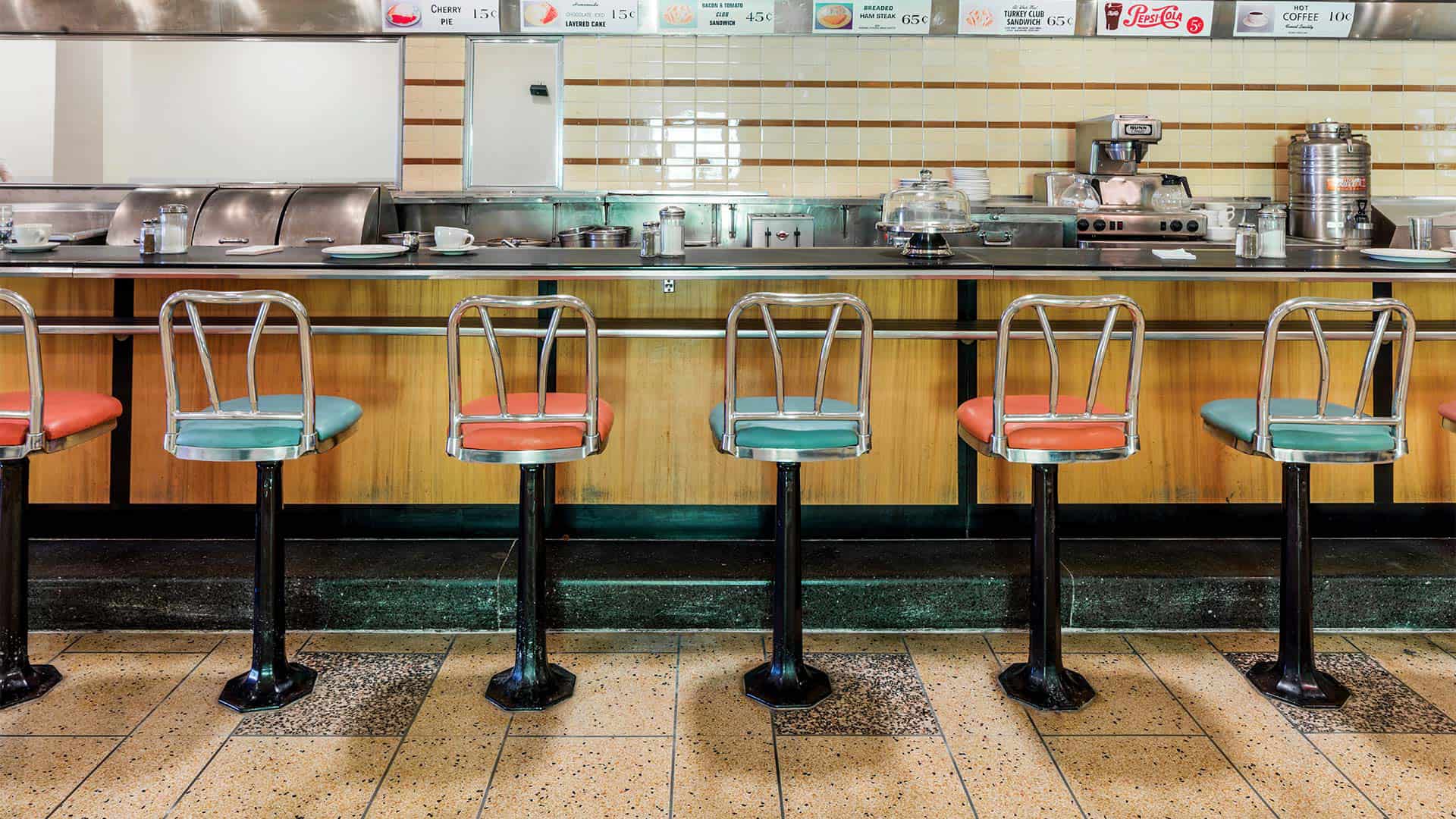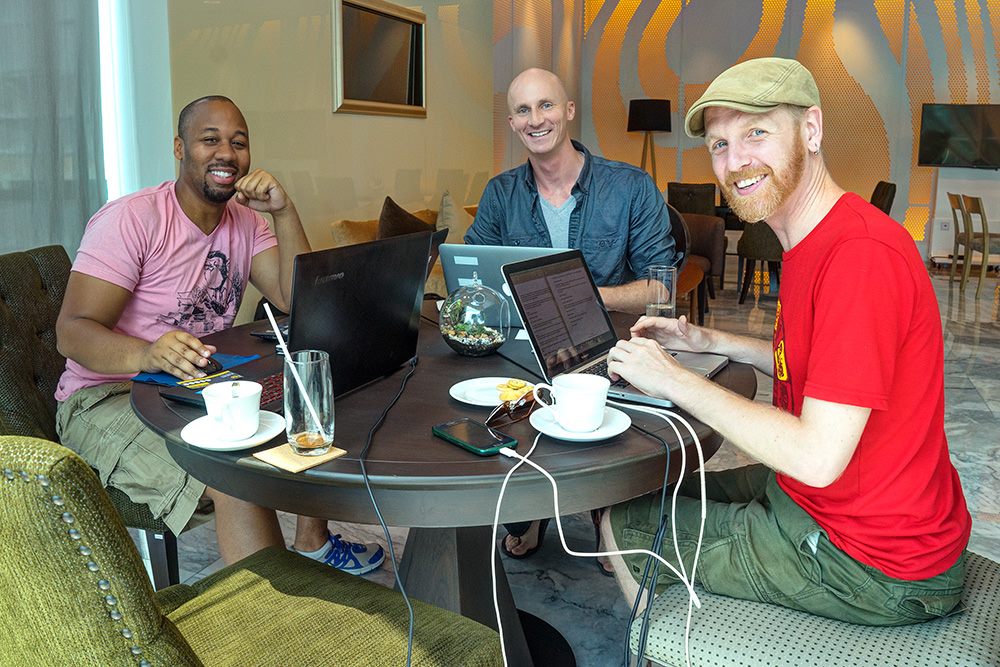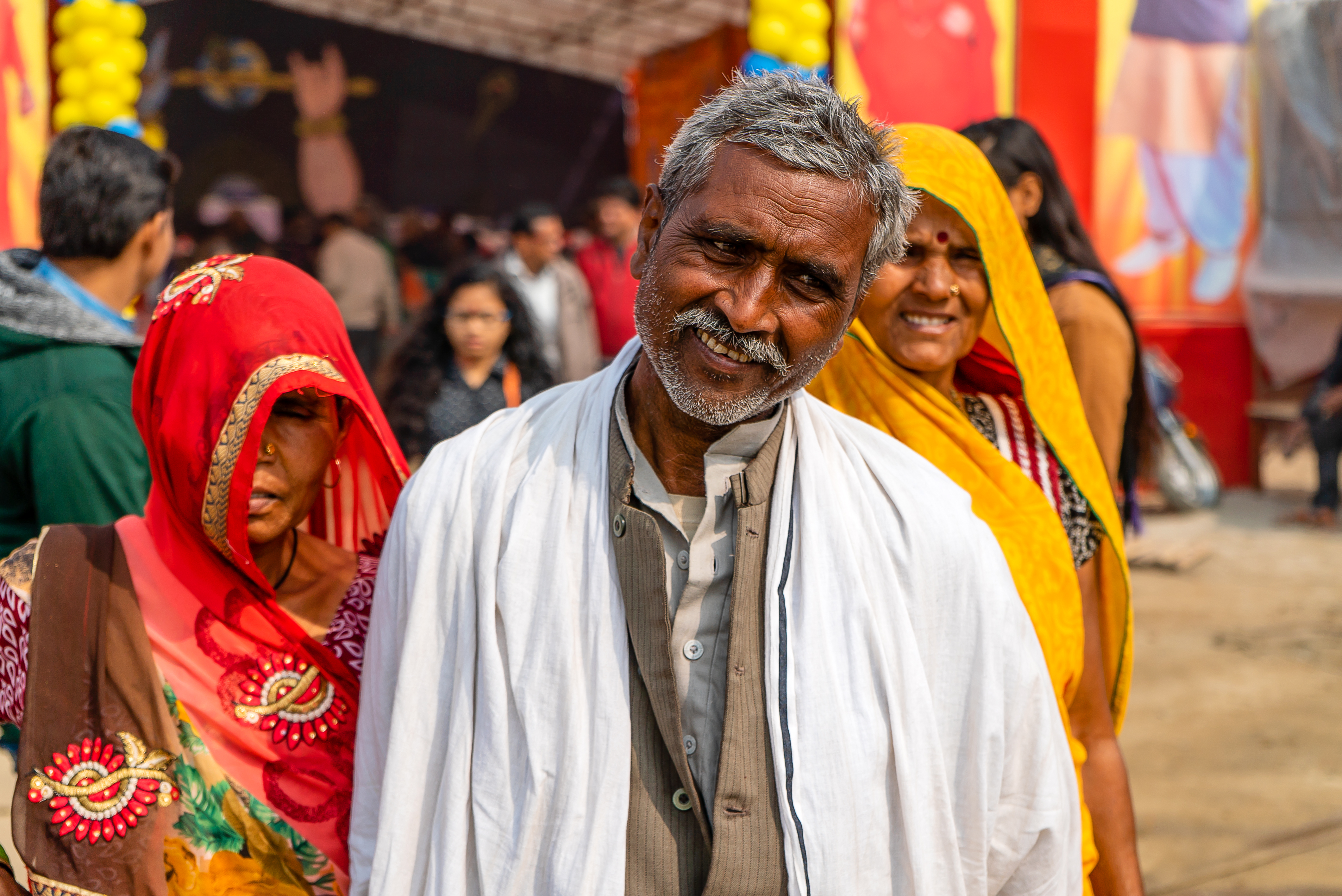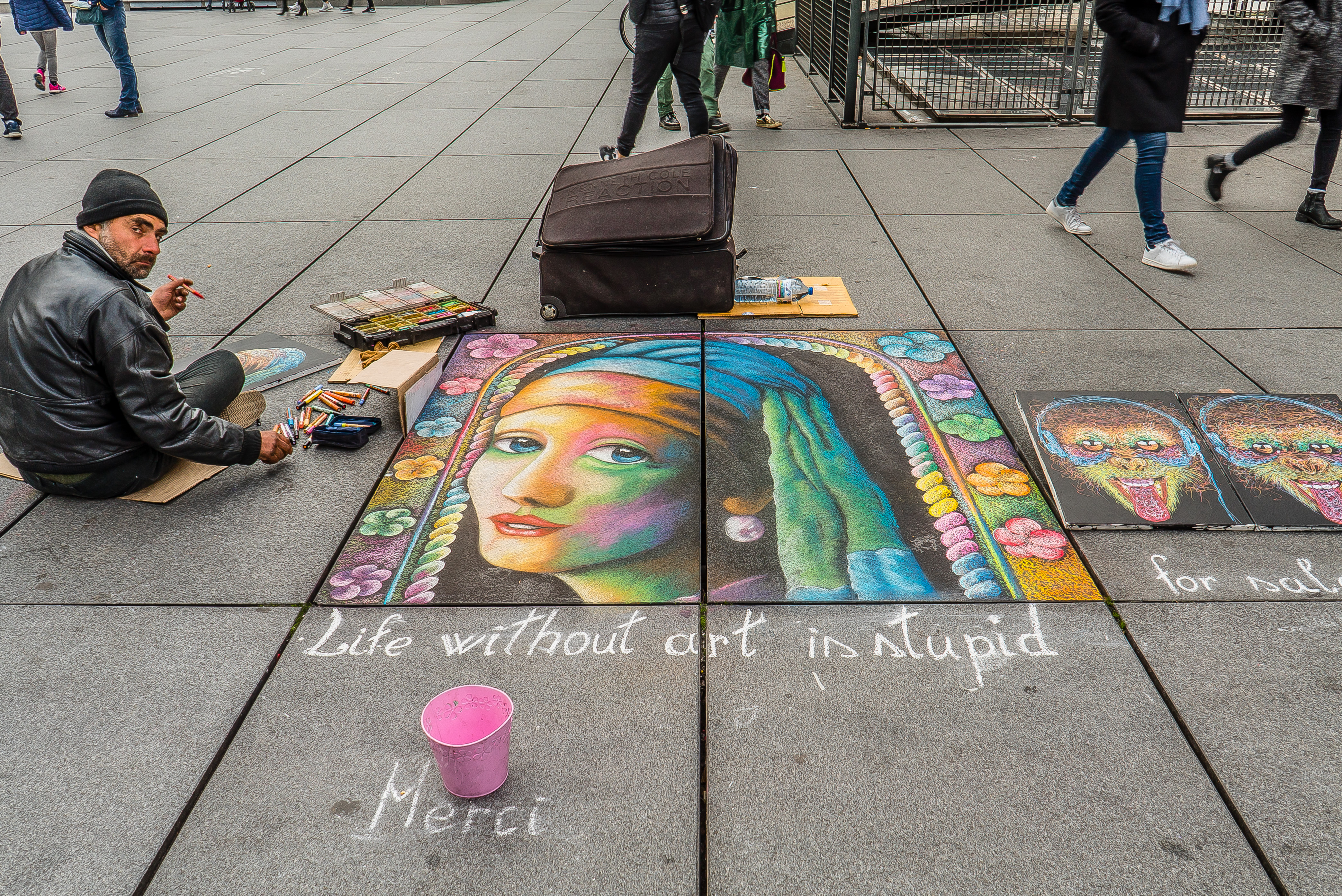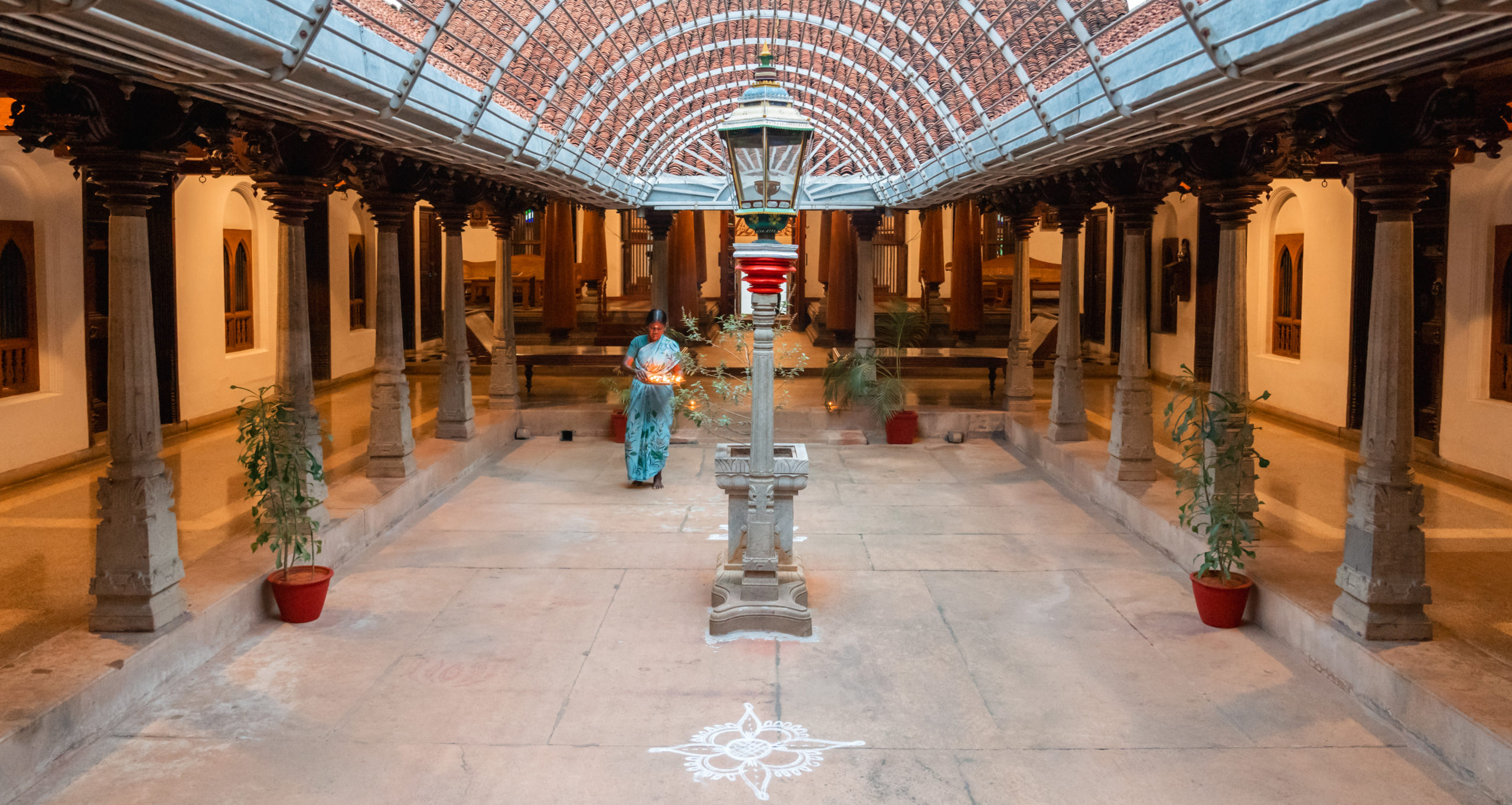It’s hard to contain my excitement for the official opening of the U.S. Civil Rights Trail last month. This project isn’t just a triumph for US tourism, it’s another triumph for civil rights. Domestically and globally. Further validation for the ideals and sacrifices made by those who championed equality during such a turbulent time in our history. Giving us a clear and concise path to follow in the footsteps of historical titans.Over 100 attractions across 14 states , it’s one of the most culturally significant travel projects in the United States.
While the importance and impact of The Civil Rights Movement can’t be overstated, why should we visit these sites today? Is there truly a need for visitors to explore the past of this movement? I believe there is. And here are the reasons why.
The Rediscovering of the African American Identity
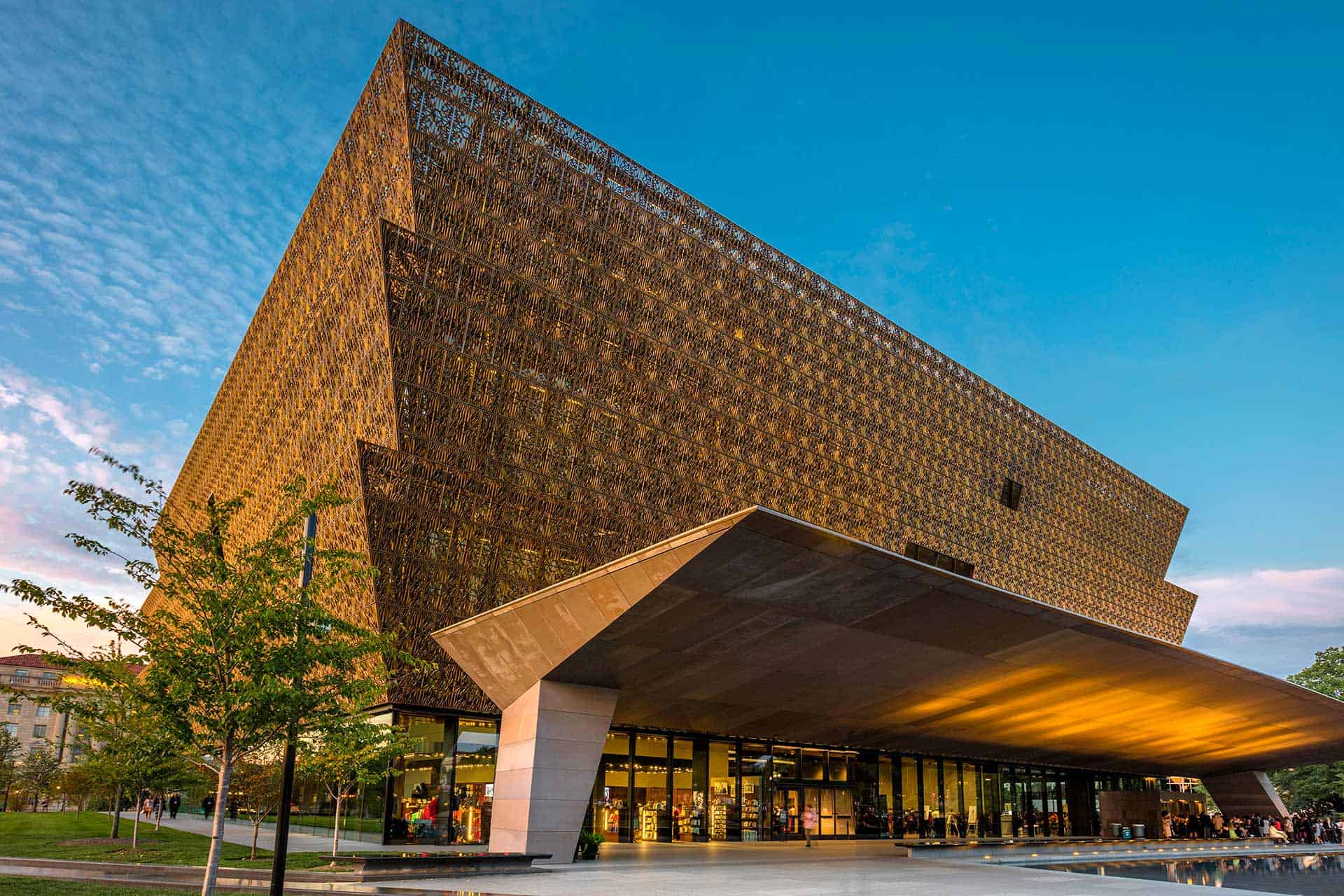
Growing up in the 80’s and 90’s I can remember many representations of “black power” featuring images of the Pan-African flag and it’s corresponding colors. Hearing many African-Americans pontificate about going “back” to Africa. Fast forward some 25 years and 93 countries later. A brutal realization has come to life for me. African Americans are distinctly different than Africans in many ways. Culturally, some foundations still exist. But our community has been uniquely shaped by our “American” experience. By the destruction of our cultural identity and it’s replacement with a Eurocentric one. From language to religion. We’ve been shaped by the systemic breeding practices of the Trans-Atlantic slave trade. Today we are shaped by the vestiges of Jim Crow and police brutality. Our experiences and identity are uniquely African American.
To truly understand why we are the way we are, one must look at our history. From it’s beginning in this country.
Where To Visit: National Museum of African American History and Culture in Washington. D.C.
This has become the most comprehensive and important museum for African Americans anywhere in the world. Opened September 24th in a ceremony led by President Obama, the museum is home to over 37,000 objects which highlight our community, family structure, visual and performing arts, religion, civil rights, slavery, and segregation. A complete history of the African-American experience and identity. Attracting over 3 million visitors in its first full year of operation.
Exploring The Other Global Contribution’s Of Our Communities
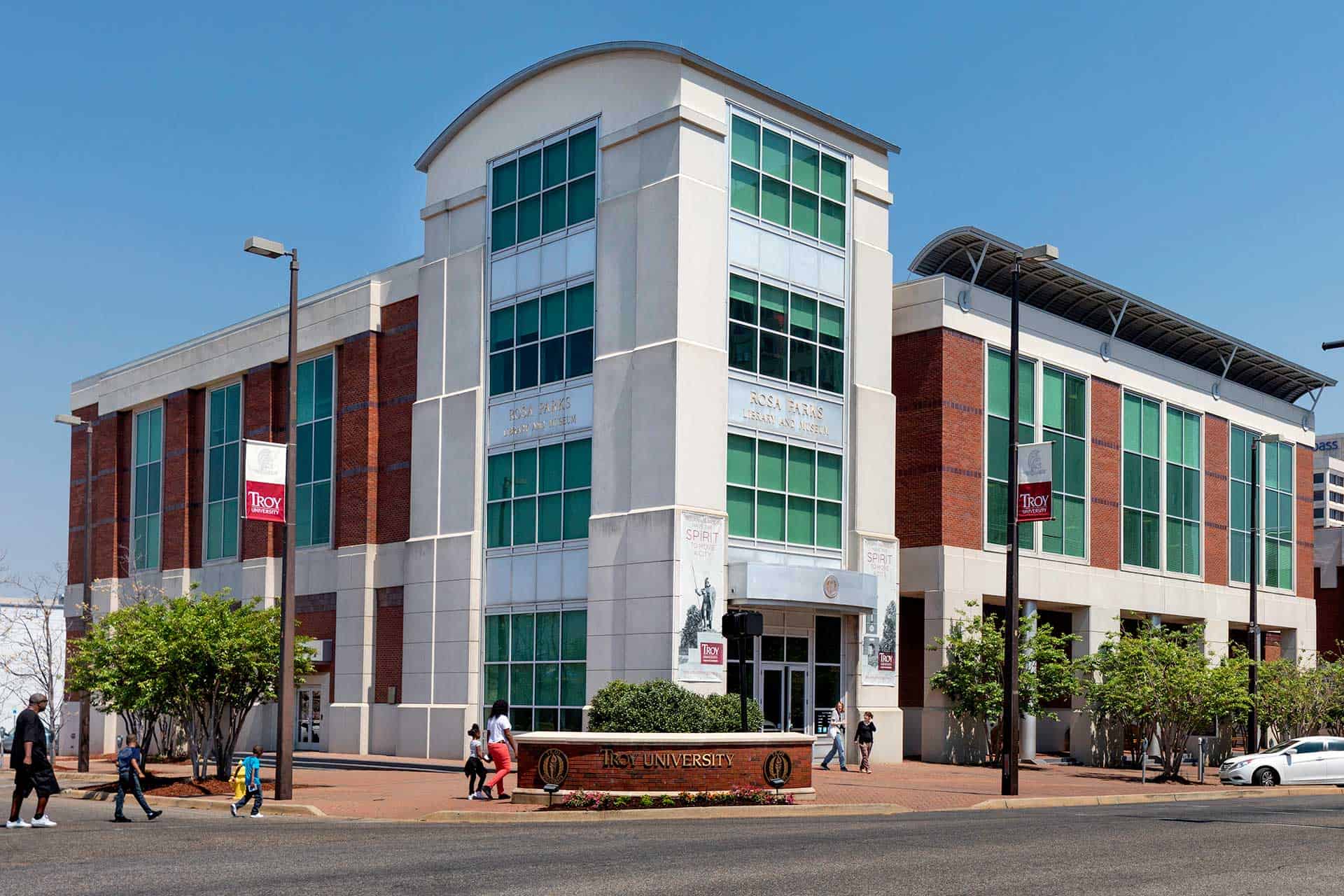
The perception of African Americans has been skewed around the world. While American media is consumed around the world, it’s portrayal of African Americans generally falls into two categories. Entertainers and criminals.
On one hand, some of the greatest entertainers and athletes of the last 100 years have been people of color and women. Ricardo Montalbán, Gordon Parks, Sammy Davis Jr, Dave Navarro, Will Smith, Michael Jackson, Jesse Owens, Oscar de la Hoya, Michael Jordan, and Serena Williams to name a few. So, having them covering global media is no surprise. But conversely, the only other images tend to be of violence within the African American and Latino communities. Of riots and gang bangers. Of violence and discord. Sending a skewed image to the world about who people of color are and what we’re capable of.
Visiting sites on the U.S. Civil Rights trail exposes us to the contributions of marginalized peoples from all backgrounds which not only helped galvanize their communities but communities around the world. Where we learn about lesser-known leaders like César Chávez, Ida B. Wells, W.E.B. Du Bois, John Lewis, and Dorothy Height. Giving us real-time insight into the contributions of these amazing leaders and the world an opportunity to appreciate what they’ve done on a global scale. Inspiring movements in Russia, former Czechoslovakia, and Australia to name a few.
Where To Visit: Montgomery Alabama
If there was ever an epicentre of the Civil Rights Movement, it would be Montgomery Alabama. A place that not only was home to some of the movements most prominent leaders but the site of the single event that lit the fire of revolution. The civil rights movement as we know it today began On December 1, 1955. When Rosa Parks was arrested for refusing to move to the back of the bus in Montgomery. Montgomery was also home to Dr Martin Luther King Jr’s church and the courthouse of Judge Frank M. Johnson Jr.
The Present State of Civil Rights in America
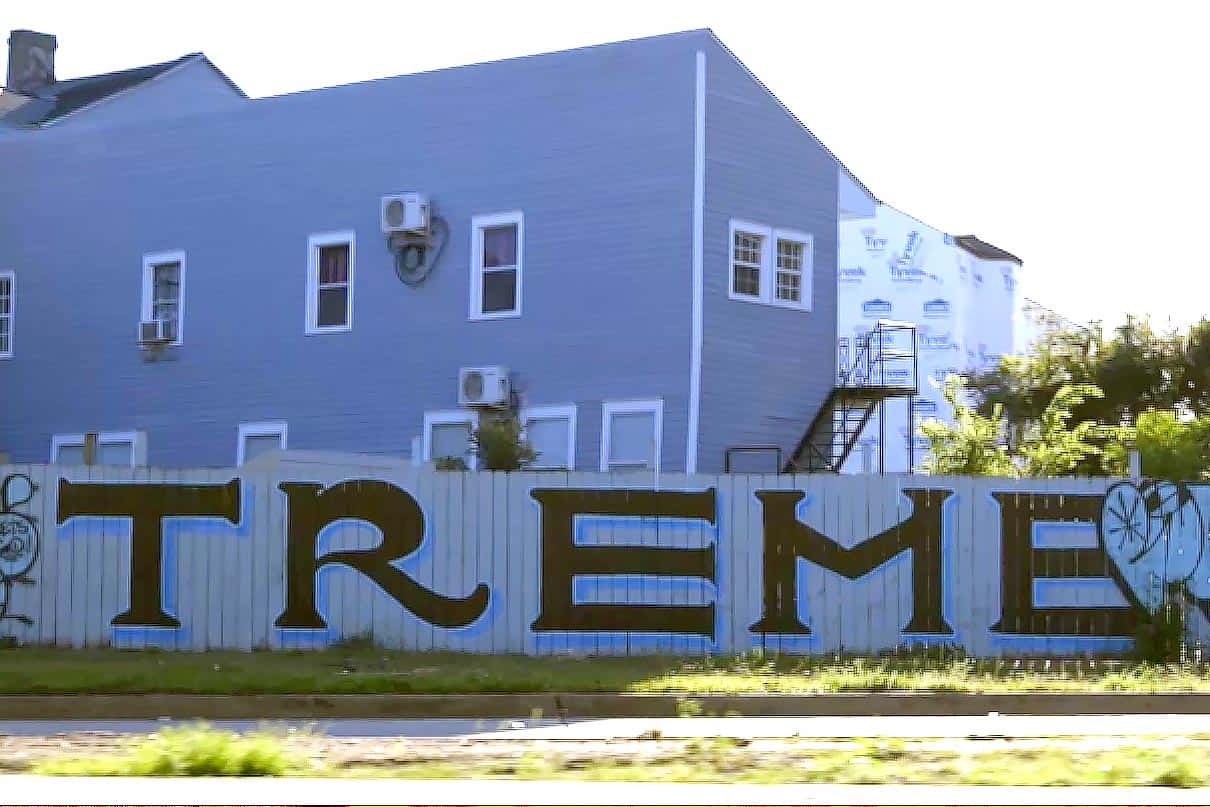
I can remember when President Obama was elected people saying that we were now “post-racial”. Over the next 8 years many Americans, and many abroad as well, would come to believe that the United States was finally turning a corner away from it’s bigoted and racist past. The reality has been exposed as something quite different the last 18 months. Showing that many in the United States are still being marginalized and treated as second-class citizens. Based on race, gender, sexuality, and religion. Civil Rights are a conversation that’s just as important today as it was 50 years ago. Maybe even more so.
As young leaders and citizens, we have an opportunity to learn from the leaders of past revolutions and movements. To study the history and tactics of Civil Rights icons. What the U.S. Civil Rights Trail has done is give us an easily explorable path to explore this important history.
Where To Visit: Treme Neighborhood in New Orleans Louisiana
Few places in the United States are better representations of the current Civil and Human Rights issues we face than New Orleans. Post Katrina, NOLA is a prime example of how much progress we still have to make to ensure all people are treated with the respect and dignity they deserve. The Treme neighborhood has been home to musical pioneers and currently houses museums dedicated African-American life, art and history.
It’s easy to see why “What happened here changed the world.”
This is a sponsored post written by me on behalf of U.S. Civil Rights Trail. All opinions are 100% mine.

